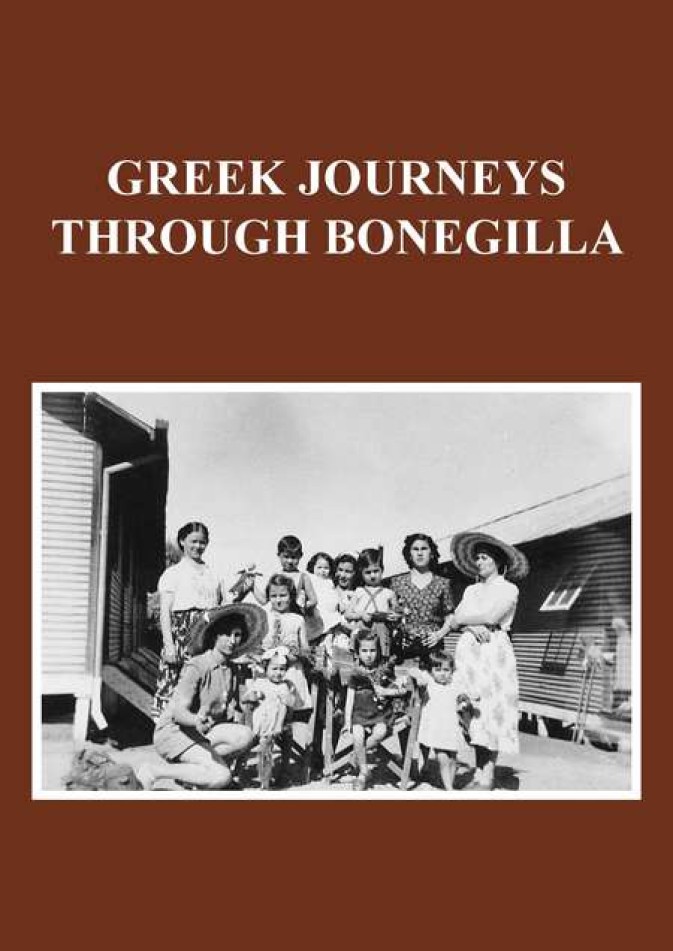Greek Journeys Through Bonegilla
Greek Migration to Post-war Australia
In the immediate post-war years, Australia launched a bold mass immigration program to increase the size of its population: a large workforce would boost economic development; more people could better defend the country.
Initially Australia encouraged immigrants from the United Kingdom and Displaced Persons from war-torn Europe. Even within a few years the Australian economy became dependent on a constant flow of migrant labour, but the Displaced Persons scheme slowed about 1951 and ended in 1953.
Australia became a founding member of the Intergovernmental Committee for European Migration, which was set up to provide assistance for Europeans in overcrowded countries to move to under-crowded countries. Through and with the ICEM, Australia made migration agreements initially with The Netherlands, Germany, Italy, Austria and Greece.
It also took people from other countries including, for example, Yugoslavia. Between 1951 and 1959, the ICEM arranged for 233 000 people to come to Australia, principally from Greece and Italy.
Even before Australia reached a migration agreement with Greece in 1952, over 5 000 Greeks had arrived since the war ended. They were privately sponsored by Greeks already resident in Australia who were prepared to guarantee housing and employment.
From 1953 to mid-1956 there was a large influx of Greek migrants: about half of the 33 639 to arrive were assisted by the ICEM and Australian Government: almost all were processed at the Bonegilla Reception and Training Centre.
These contingents of assisted Greek migrants arriving between 1953 and June 1956 provided the impetus for subsequent Greek migration. They and those they brought formed an extensive migration chain in which they nominated wives, sisters, fiancés and other close relatives for assisted passages and for unassisted admission.
In 1947 12 291 Greek-born people lived in Australia. By 1961 that number of Australian residents born in Greece had increased six-fold. By 1971 it doubled again.
The Bonegilla Reception and Training Centre was the official employment office through which about 15 000 assisted Greek migrants were processed in what was called ‘the ICEM Greek Project’ between 1953 and 1956. It was from Bonegilla that many Greeks started work and life journeys within Australia.
In 2007 the Block 19 remnant of the former Reception Centre was placed on the National Heritage List.
Bonegilla holds powerful connection for many people in Australia…. [It] forms an important part of Australia’s recent collective memory and has become a symbol of post-World War II migration. It represents the role of Australia as the ‘host’ nation…. Bonegilla and its associated oral and written records yield insights into post-war migration and refugee experiences. Commonwealth of Australia Gazette, 7 December 2007.
What insights do the site and its records yield (i) into assisted Greek migrant arrival and early settlement experiences and (ii) into post-war Australian immigration policies and practices?
How have the arrival and early settlement experiences of assisted Greeks been remembered or re-imagined?
What kind of place was Bonegilla for Greeks?
To read the remainder of this article view / download the file as a .pdf at:
Greek_Journeys_through_Bonegilla_FINAL.pdf
